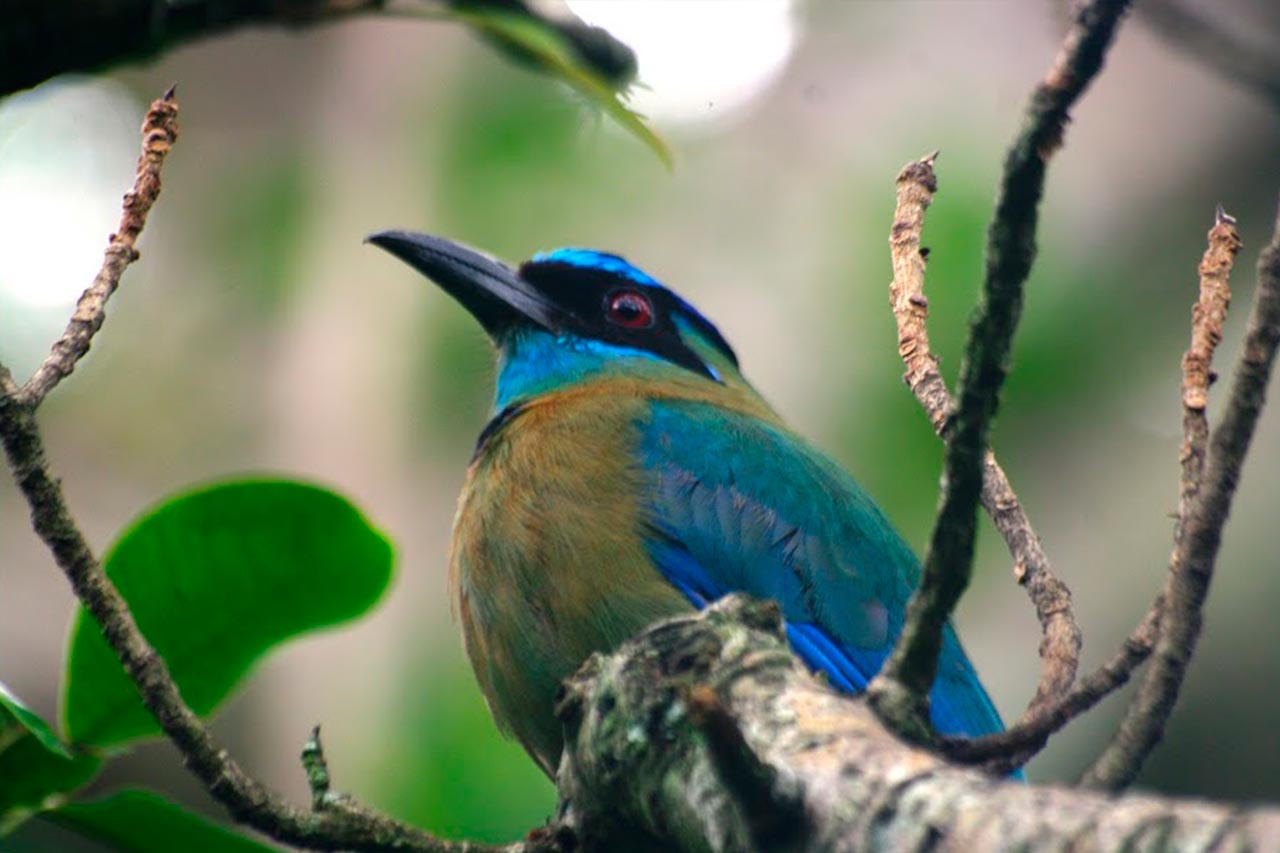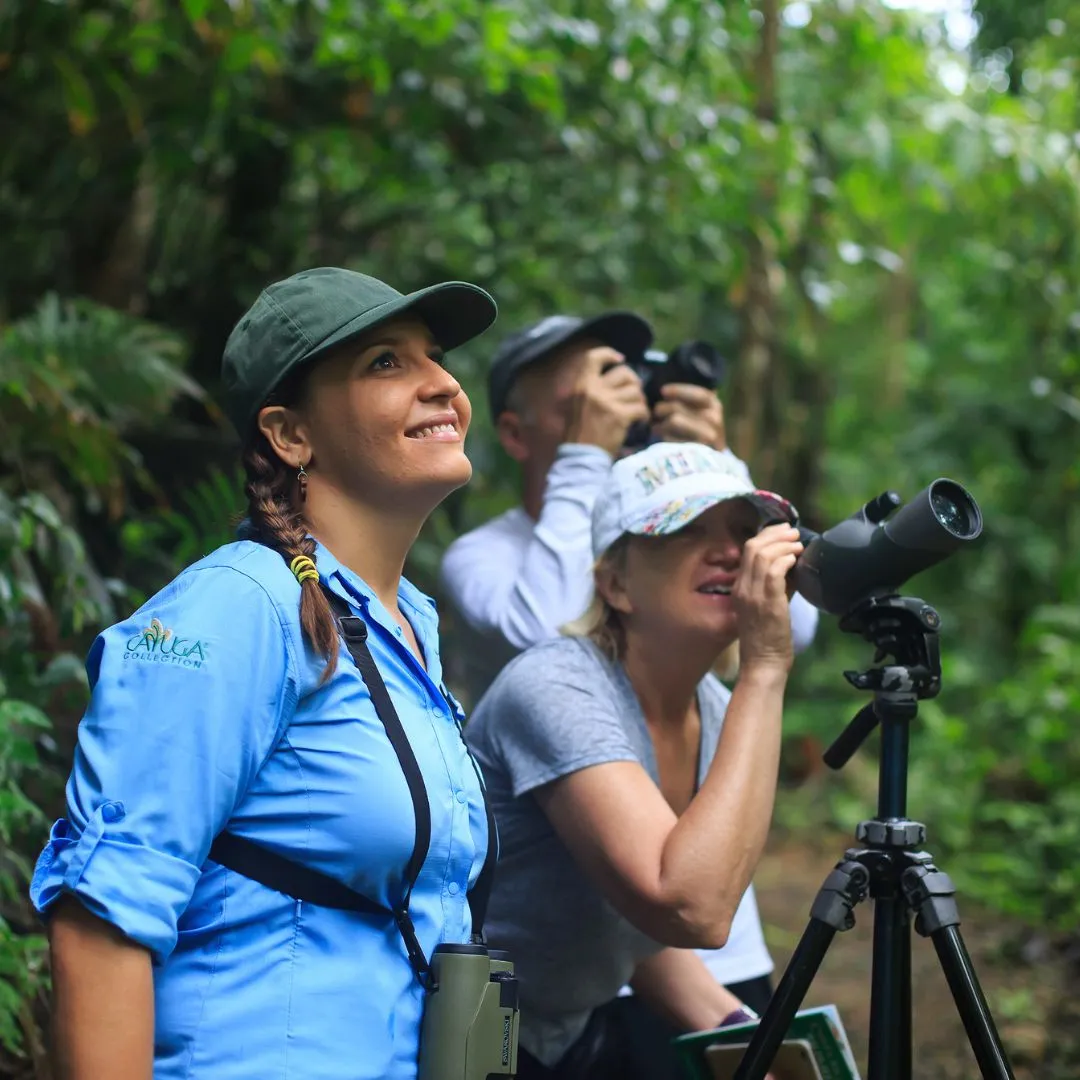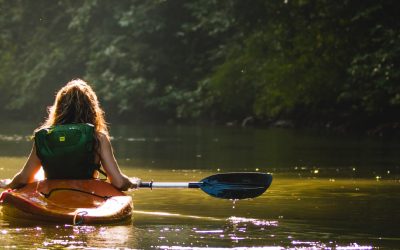
If you’re a bird lover, Costa Rica is your paradise. This tropical wonderland is a vibrant canvas of over 900 bird species, and with lush rainforests, misty mountains, and scenic wetlands, it’s every birder’s dream, which is why a bird watching Costa Rica trip will be like a dream come true!
From toucans to resplendent quetzals, bird watching in Costa Rica is a bucket-list adventure. So, grab your binoculars and get ready to discover how to make the most of a Costa Rica birding tour!
Key Takeaways
- Best Time to Visit: The dry season (December to April) is ideal for bird watching in Costa Rica, as many species, including migratory and rainforest birds, are most active during this period.
- Top Birding Spots: Essential birdwatching locations include Monteverde Cloud Forest for resplendent quetzals, Carara National Park for vibrant scarlet macaws, and Cano Negro Wildlife Refuge for diverse waterfowl.
- Tour and Gear Essentials: Consider guided Costa Rica birding tours for expert insights, and pack must-haves like binoculars, a camera, muted clothing, and insect repellent to enhance your experience.
Choosing the Best Time for Bird Watching Costa Rica
Costa Rica’s birding season is generally from December to April, during the dry season. The weather is ideal, and you’ll have a better chance of spotting migratory birds and rainforest Costa Rica birds alike.
Plus, many bird species, including the famous resplendent quetzal, are more active around this time, making for more rewarding sightings!
Top Birdwatching Spots You Can’t Miss
Here’s where Costa Rica shines! The country is packed with birding hotspots, each offering unique bird species and a different atmosphere.
Here are some must-visit locations:
- Monteverde Cloud Forest Reserve: This foggy haven is ideal for bird watchers looking for exotic rainforest Costa Rica birds. Look out for the famous resplendent quetzal with its emerald green feathers!
- Carara National Park: Home to scarlet macaws, toucans, and other colorful characters, this park’s unique mix of rainforest and dry forest provides habitats for a wide variety of species.
- Tortuguero National Park: Though known for its turtles, Tortuguero is also a fantastic birdwatching site, with boats taking you through canals where kingfishers, herons, and even toucans can be seen along the water’s edge.
- Caño Negro Wildlife Refuge: Known as a wetland paradise, Caño Negro is brimming with waterfowl and migratory birds. Hop on a boat tour for a closer look at the wading birds and other feathered friends.
Booking Costa Rica Birding Tours
While it’s fun to explore solo, guided Costa Rica birding tours are often the best way to maximize your sightings. Expert guides know the habits and habitats of local birds and often have a keen eye for spotting camouflaged species.
Look for tours that cover multiple habitats (forest, wetlands, mountains) to get a fuller experience of bird watching in Costa Rica.
Packing Essentials for Birdwatching
- Binoculars and Camera: A must! A quality pair of binoculars and a camera with a zoom lens can make a huge difference.
- Birding Book or App: Having a Costa Rica-specific bird guide or app helps you identify species as you spot them.
- Comfortable Clothing and Hiking Gear: Stick to light, breathable layers in muted colors to blend in.
- Waterproof Backpack: Given Costa Rica’s occasional rain showers, this is a lifesaver for keeping your equipment dry.
- Insect Repellent and Sunscreen: Trust us; you’ll need these.

Tips for a Memorable Birdwatching Experience
- Patience is Key: Birds won’t always be easy to find. Take your time and embrace the sights and sounds of nature!
- Early Mornings are Prime Time: Many birds are most active just after sunrise, so set that alarm and enjoy the best part of the day.
- Stay Quiet and Still: Birds are sensitive to sound and movement, so tread lightly, avoid loud conversations, and wait quietly for birds to approach.
- Capture the Experience: Bring a journal to jot down your favorite sightings or sketch unique birds. It’s a great way to relive the experience later.
Birds You May Find in Costa Rica
Costa Rica is a birdwatcher’s paradise, with a diverse array of species. Here are some of the most common birds you can expect to see:
- Brown Jay: Known for its striking black and white head and vibrant yellow belly, the Brown Jay is often found in open forests and gardens.
- Black Vulture: A common sight throughout the country, these large birds are easily recognizable by their black plumage and distinctive featherless heads.
- Northern Mockingbird: This adaptable bird is often seen in urban areas and is known for its ability to mimic the songs of other birds.
- Common Tern: Frequently spotted along the coasts, these elegant birds have slender bodies and are known for their graceful flight.
- Great Kiskadee: With its bold yellow belly and black crown, the Great Kiskadee is often found near water and is known for its distinctive call.
- Rufous-tailed Hummingbird: This small, vibrant bird is a common sight at feeders and in gardens, recognized by its iridescent green body and bright orange tail.
Birdwatching in Costa Rica: A Treasure for Every Traveler
From the misty cloud forests to sunny wetlands, Costa Rica is the ultimate destination for nature lovers and birding enthusiasts. Whether you’re a seasoned birder or just curious to see more of nature, a Costa Rica birding tour promises a colorful and unforgettable experience with some of the most breathtaking rainforest Costa Rica birds.
So plan your trip, pack your essentials, and get ready to check off some incredible birds from your list!
Frequently Asked Questions
Do I need a guide for birdwatching in Costa Rica?
While it’s possible to explore on your own, hiring a local guide can significantly enhance your experience. Guides are knowledgeable about bird species, their behaviors, and the best locations to spot them, increasing your chances of seeing rare birds.
What types of birds can I expect to see in Costa Rica?
Costa Rica is home to a wide variety of birds, including colorful tropical species like toucans, hummingbirds, and the resplendent quetzal, as well as migratory birds. Each region offers unique species, so exploring different habitats is beneficial.
Are there any safety precautions I should take while birdwatching?
Yes! It’s important to stay aware of your surroundings, especially in remote areas. Wear appropriate footwear, stay on marked trails, and carry plenty of water. Also, be mindful of insects and use repellent to avoid bites.



